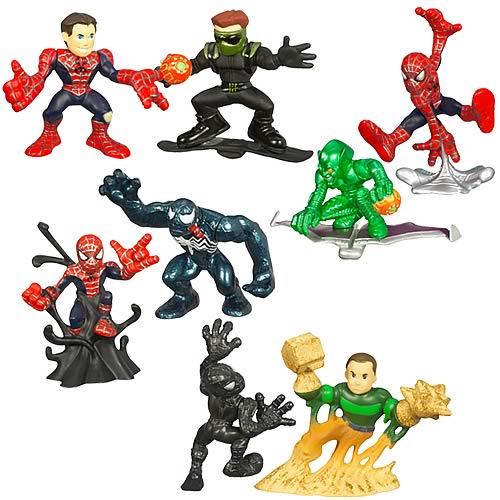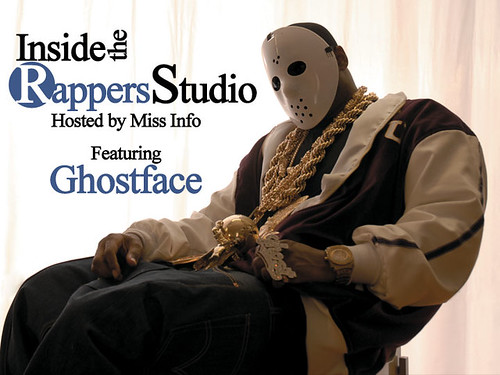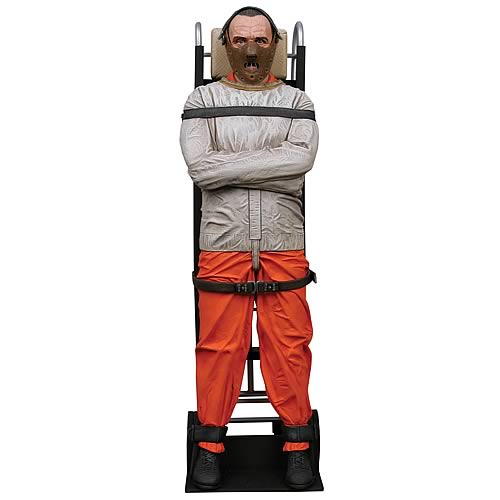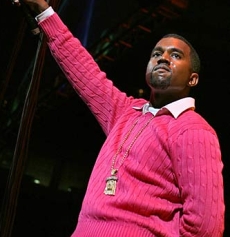Captain Miles Standish, the leader of the Pilgrims,
invited Squanto, Samoset, Massasoit (the leader of the
Wampanoags), and their immediate families to join them for
a celebration, but they had no idea how big Indian families
could be. As the Thanksgiving feast began, the Pilgrims
were overwhelmed at the large turnout of ninety relatives
that Squanto and Samoset brought with them. The Pilgrims
were not prepared to feed a gathering of people that large
for three days. Seeing this, Massasoit gave orders to his
men within the first hour of his arrival to go home and get
more food. Thus it happened that the Indians supplied the
majority of the food: Five deer, many wild turkeys, fish,
beans, squash, corn soup, corn bread, and berries. Captain
Standish sat at one end of a long table and the Clan Chief
Massasoit sat at the other end. For the first time the
Wampanoag people were sitting at a table to eat instead of
on mats or furs spread on the ground. The Indian women sat
together with the Indian men to eat. The Pilgrim women,
however, stood quietly behind the table and waited until
after their men had eaten, since that was their custom.
For three days the Wampanoags feasted with the
Pilgrims. It was a special time of friendship between two
very different groups of people. A peace and friendship
agreement was made between Massasoit and Miles Standish
giving the Pilgrims the clearing in the forest where the
old Patuxet village once stood to build their new town of
Plymouth.
It would be very good to say that this friendship
lasted a long time; but, unfortunately, that was not to be.
More English people came to America, and they were not in
need of help from the Indians as were the original
Pilgrims. Many of the newcomers forgot the help the Indians
had given them. Mistrust started to grow and the friendship
weakened. The Pilgrims started telling their Indian
neighbors that their Indian religion and Indian customs
were wrong. The Pilgrims displayed an intolerance toward
the Indian religion similar to the intolerance displayed
toward the less popular religions in Europe. The
relationship deteriorated and within a few years the
children of the people who ate together at the first
Thanksgiving were killing one another in what came to be
called King Phillip's War.
It is sad to think that this happened, but it is
important to understand all of the story and not just the
happy part. Today the town of Plymouth Rock has a
Thanksgiving ceremony each year in remembrance of the first
Thanksgiving. There are still Wampanoag people living in
Massachusetts. In 1970, they asked one of them to speak at
the ceremony to mark the 350th anniversary of the Pilgrim's
arrival. Here is part of what was said:
"Today is a time of celebrating for you -- a time of
looking back to the first days of white people in America.
But it is not a time of celebrating for me. It is with a
heavy heart that I look back upon what happened to my
People. When the Pilgrims arrived, we, the Wampanoags,
welcomed them with open arms, little knowing that it was
the beginning of the end. That before 50 years were to
pass, the Wampanoag would no longer be a tribe. That we and
other Indians living near the settlers would be killed by
their guns or dead from diseases that we caught from them.
Let us always remember, the Indian is and was just as human
as the white people.
Although our way of life is almost gone, we, the
Wampanoags, still walk the lands of Massachusetts. What has
happened cannot be changed. But today we work toward a
better America, a more Indian America where people and
nature once again are important."



















































